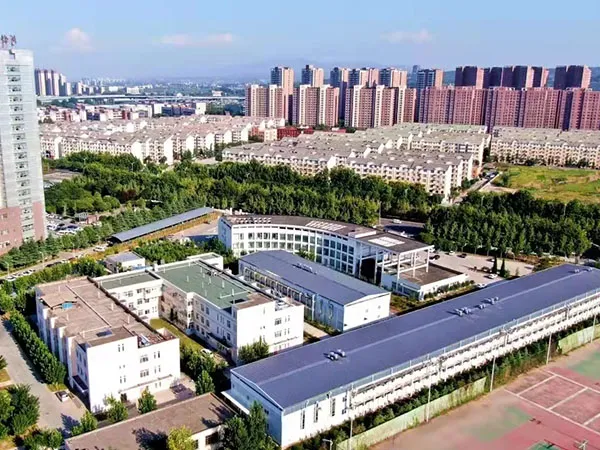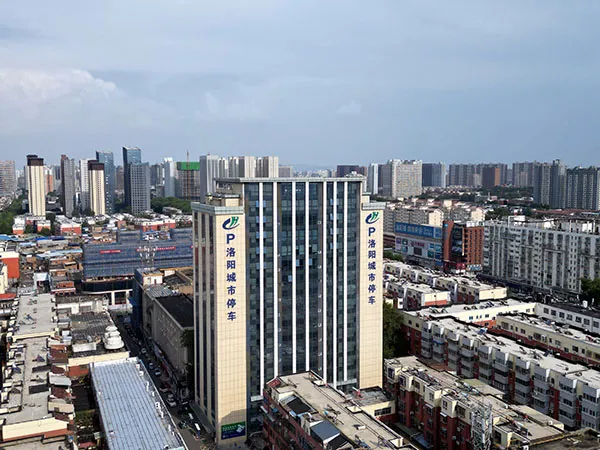На горизонтах сегодняшнего города, высокие высотные здания стали символом модернизации и экономической жизнеспособности.. Для поддержки этих великолепных сооружений требуются не только передовые дизайнерские концепции, но также прочная и надежная структурная система.. Среди множества конструктивных вариантов, стальные конструкции все чаще становятся предпочтительным выбором для высотных зданий благодаря своим уникальным преимуществам..
Высотные здания: Преимущества использования стальной конструкции

В этой статье будут рассмотрены многочисленные преимущества использования стальных конструкций в высотных зданиях., помогая вам понять, почему этот материал может изменить наш городской ландшафт..
1. Превосходная прочность и прочность
Сталь славится своим беспрецедентным соотношением прочности и веса.. Это означает, что при одинаковой несущей способности, стальные конструкции требуют меньше материала и в целом легче. В высотных зданиях, собственный вес конструкции является ключевым фактором при проектировании. Более легкие конструкции могут снизить нагрузки на фундамент., тем самым снижая сложность и стоимость проектирования фундамента.. Единичная прочность стали 5-10 раз больше, чем у бетона, при этом его вес составляет всего треть веса бетонных конструкций. Такое высокое соотношение прочности и веса позволяет использовать значительно меньшие поперечные сечения компонентов при тех же условиях нагрузки.. Например, Сталь Q355 имеет предел текучести ≥355 МПа и предел прочности на разрыв 470-630 МПа, что позволяет легко достичь сверхбольших промежутков 30 метры.
Более того, сталь обладает исключительной прочностью, что позволяет ему выдерживать значительную пластическую деформацию без хрупкого разрушения.. При экстремальных нагрузках, таких как землетрясения, стальные конструкции поглощают и рассеивают энергию за счет деформации, эффективно улучшить сейсмические характеристики здания и обеспечить большую безопасность для жителей.
Как профессиональный производитель стальных конструкций, Санджян строго придерживается ГБ 50011 норматив сейсмостойкости при проектировании металлоконструкций, обеспечение безопасности в укрепрайонах 9-й интенсивности. Его эффективность подтверждена на международном уровне..
2. Быстрый цикл строительства
Стальные конструктивные элементы обычно изготавливаются заранее на заводах, а затем транспортируются на строительную площадку для сборки.. Эта модель промышленного производства значительно сокращает время строительства на строительной площадке и позволяет избежать длительного периода выдержки, необходимого для традиционных бетонных конструкций.. Сборные компоненты имеют стандартизированную модульную конструкцию и производятся на заводе., сокращение рабочей нагрузки на строительной площадке и времени строительства за счет 30%-50%.
На заводе изготавливаются сборные стальные конструктивные элементы..
таким образом, использование металлоконструкций позволяет существенно сократить общий цикл строительства, что позволяет быстрее вводить проекты в эксплуатацию, экономия времени и денег разработчиков.
Сборное производство: Строительные циклы сокращаются за счет 30%-50% по сравнению с бетоном.
Точность BIM: Допуск ±1 мм и обнаружение столкновений.
Экономия труда: 40% меньше шагов по сравнению с традиционными методами.

3. Большая гибкость дизайна и использование пространства
Стальные конструкции предлагают архитекторам и дизайнерам большую свободу творчества.. Высокая прочность стали позволяет строить большие пролеты и больше открытых пространств., снижение потребности во внутренних опорных колоннах. Это означает, что внутренние пространства высотных зданий могут быть более гибко организованы., обеспечивая просторный, беспрепятственный обзор, для офиса ли, Жилой, или коммерческое использование.
Строится стальной структурный каркас современного высотного здания., демонстрируя открытый и гибкий дизайн интерьера. В то же время, гибкость стальных конструкций также позволяет создавать более легкие и прозрачные фасады зданий., добавление уникальной визуальной эстетики городам.
…
Более подробную информацию о преимуществах использования металлоконструкций в высотных зданиях, пожалуйста, нажмите, чтобы посетить: https://www.meichensteel.com/a/news/benefits-of-using-steel-structures-in-high-rise-buildings.html


